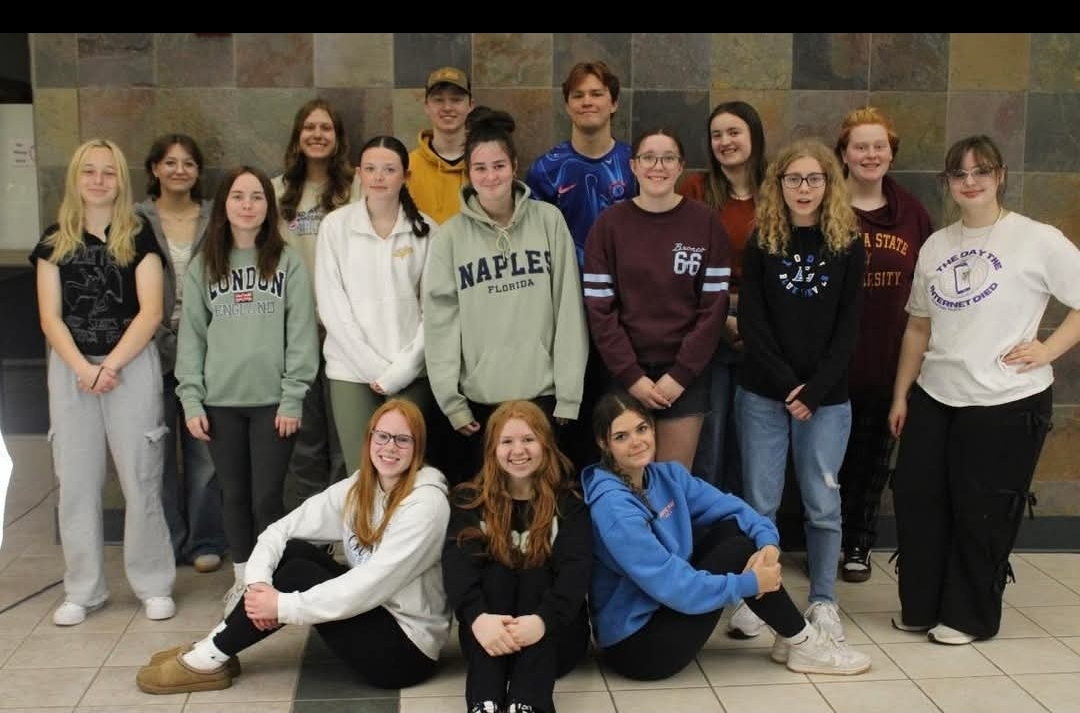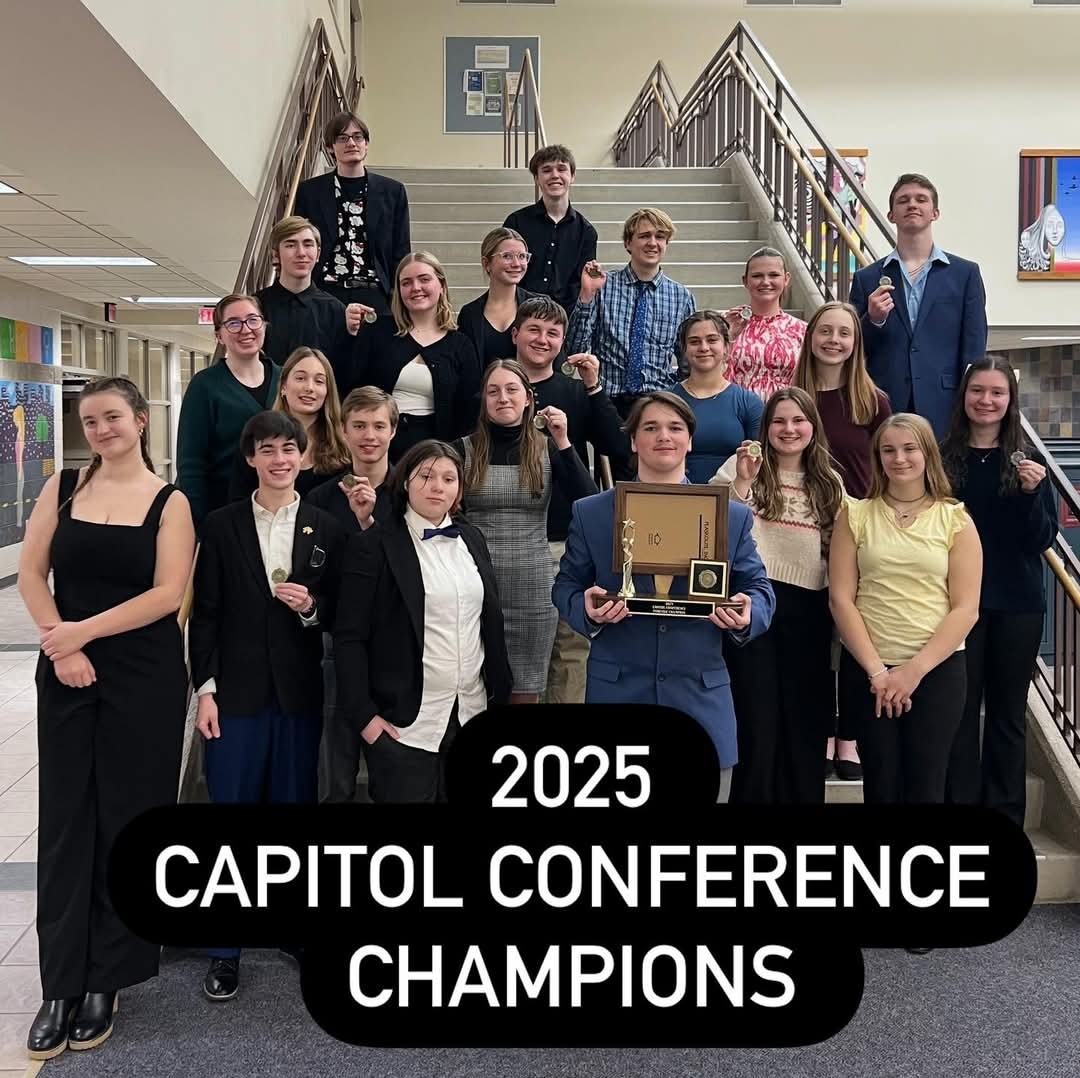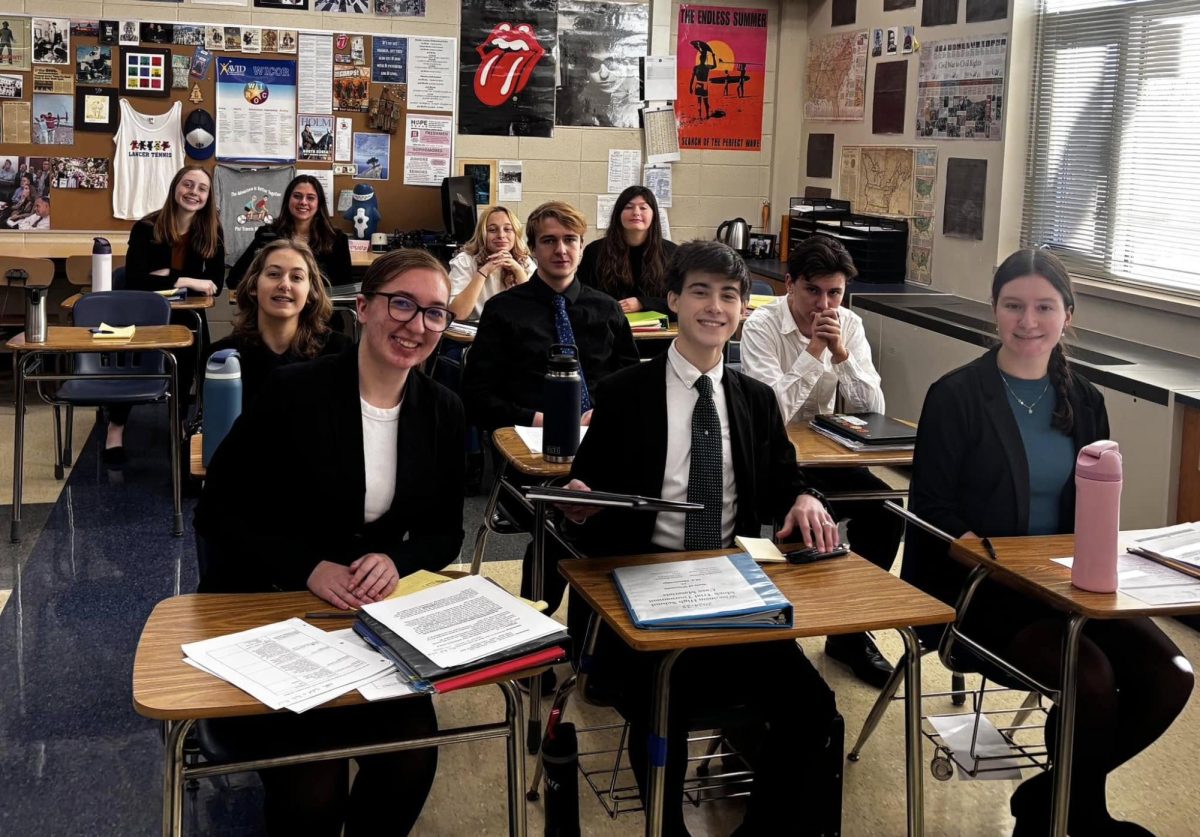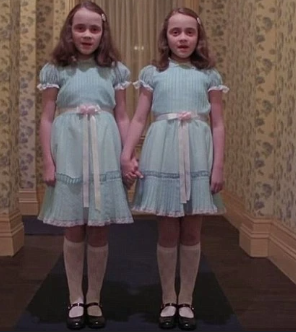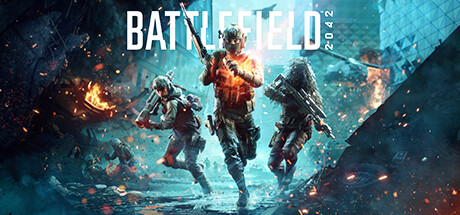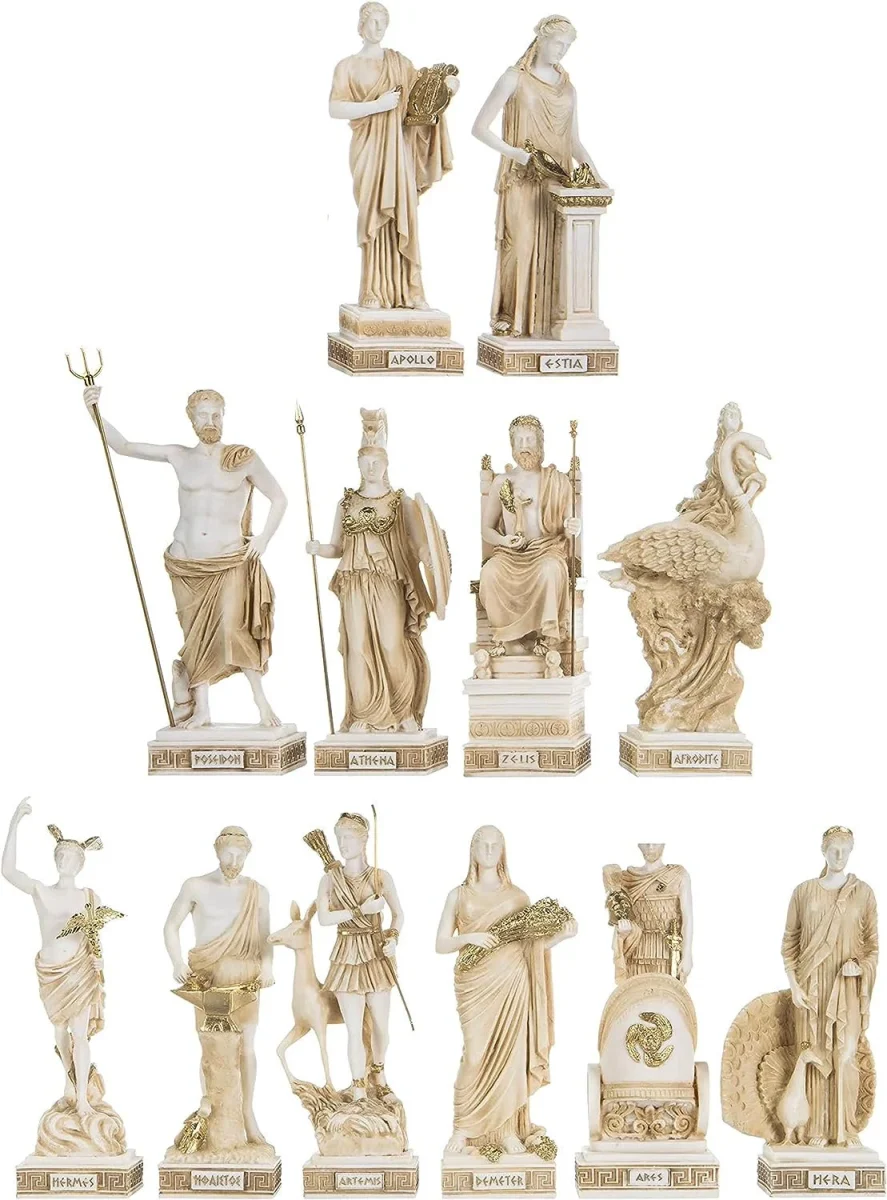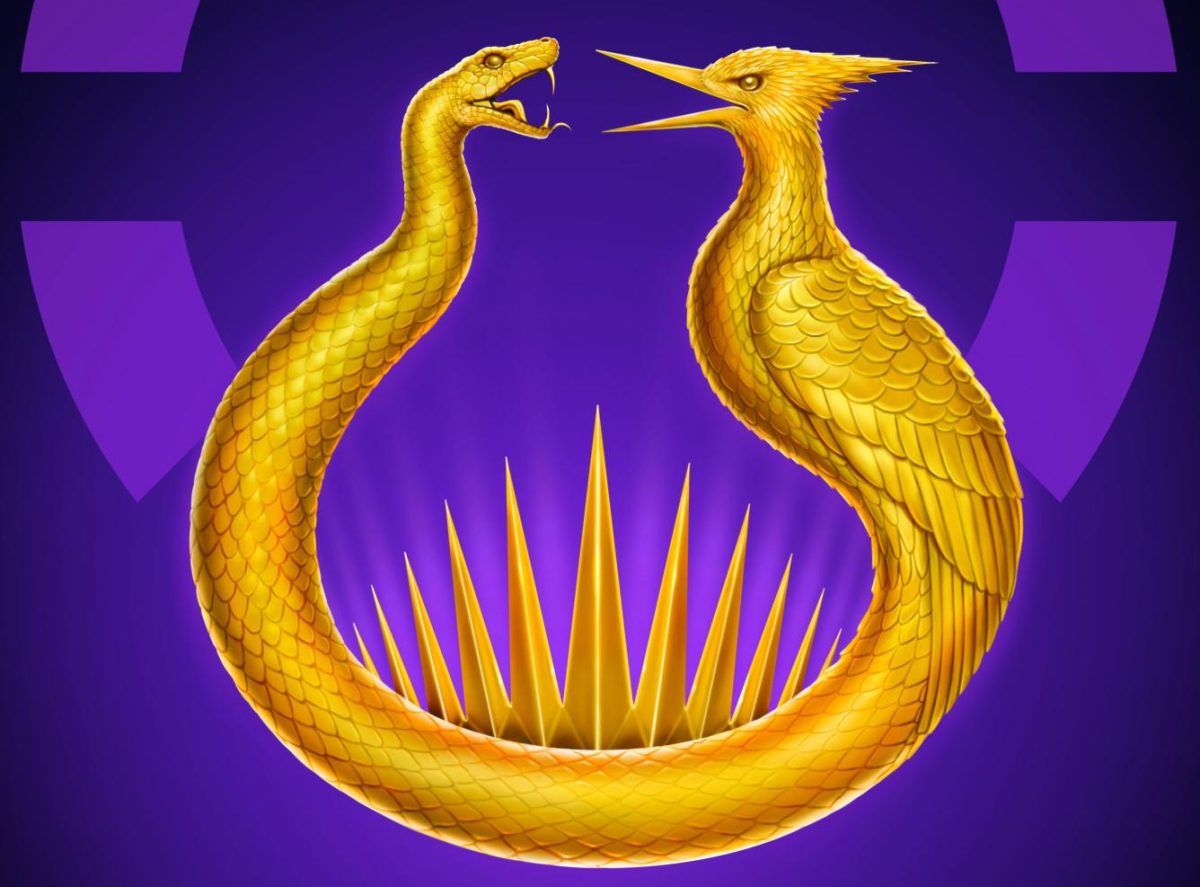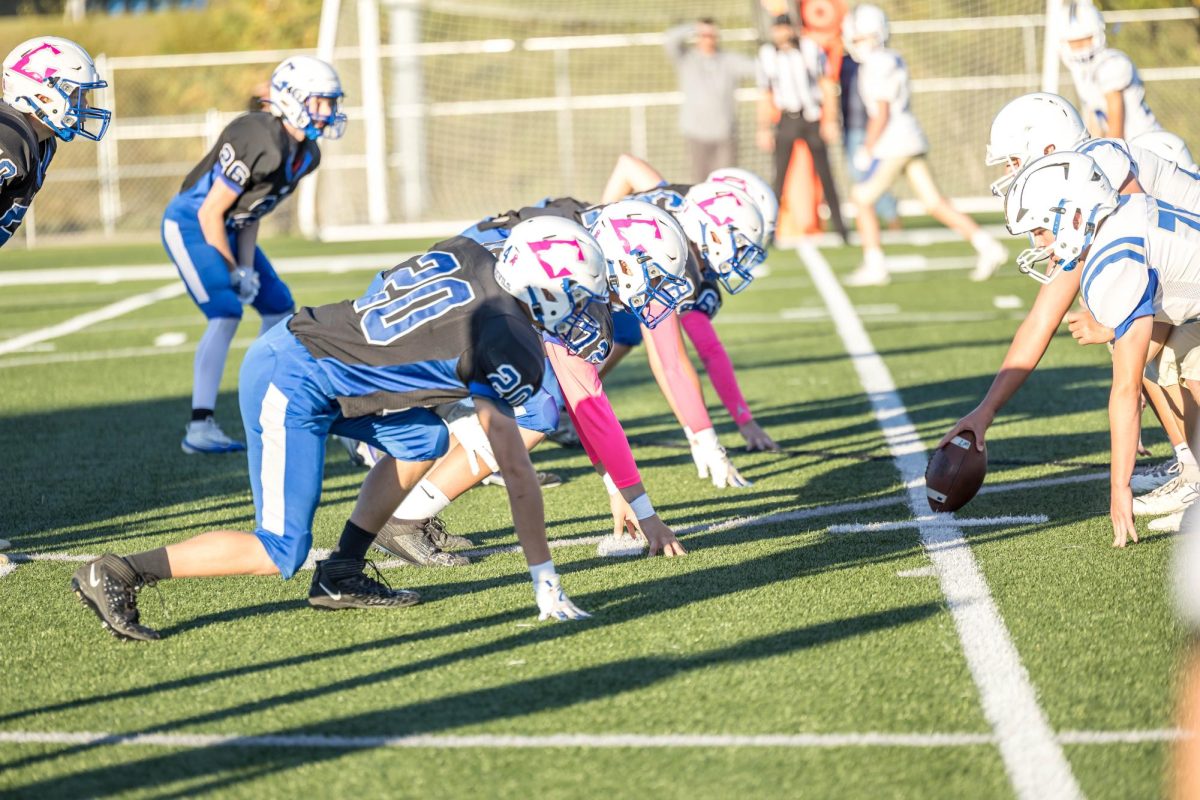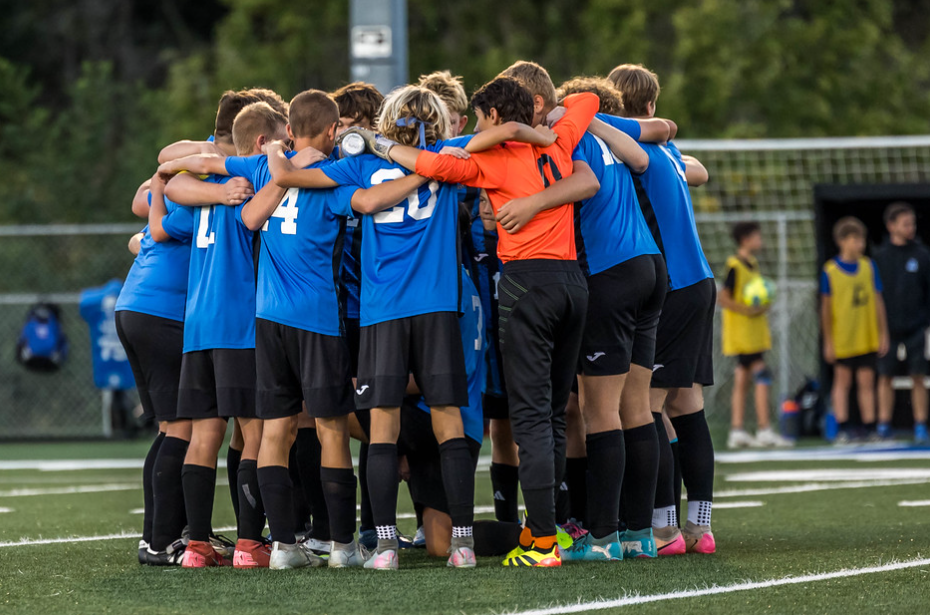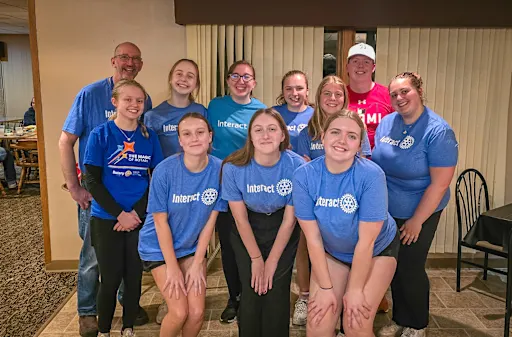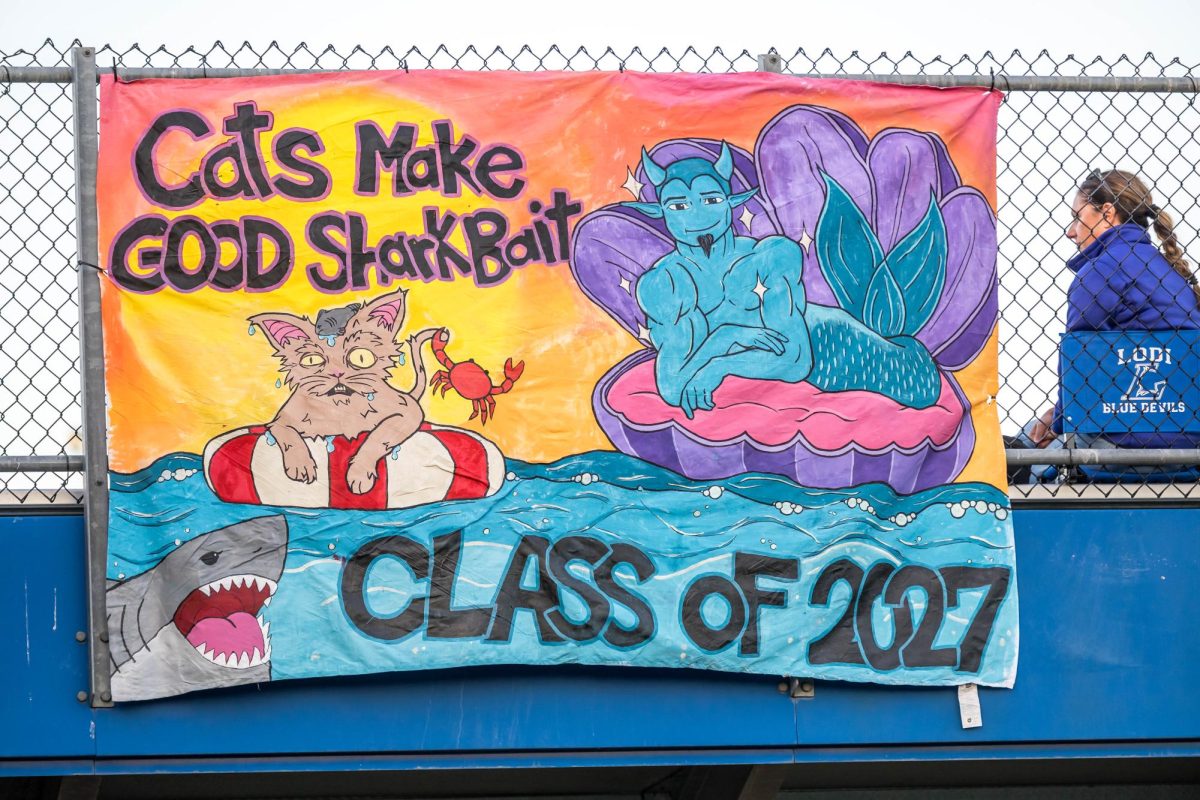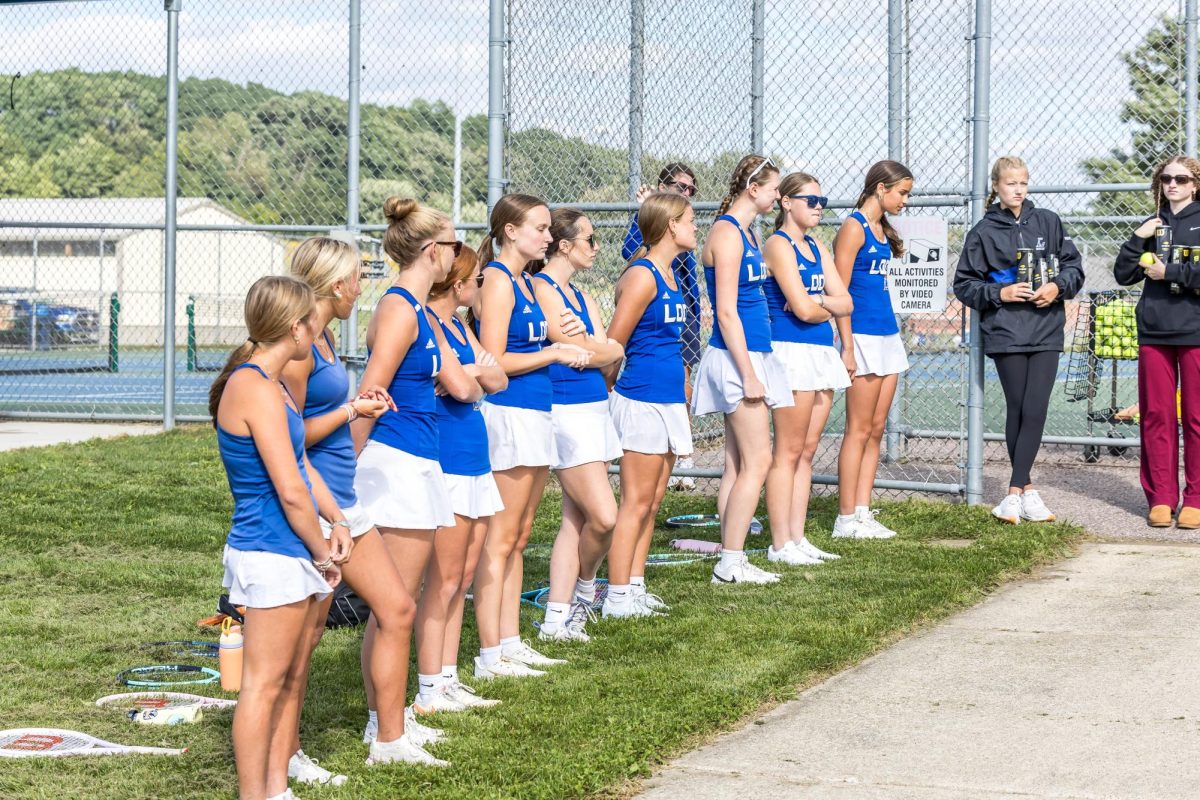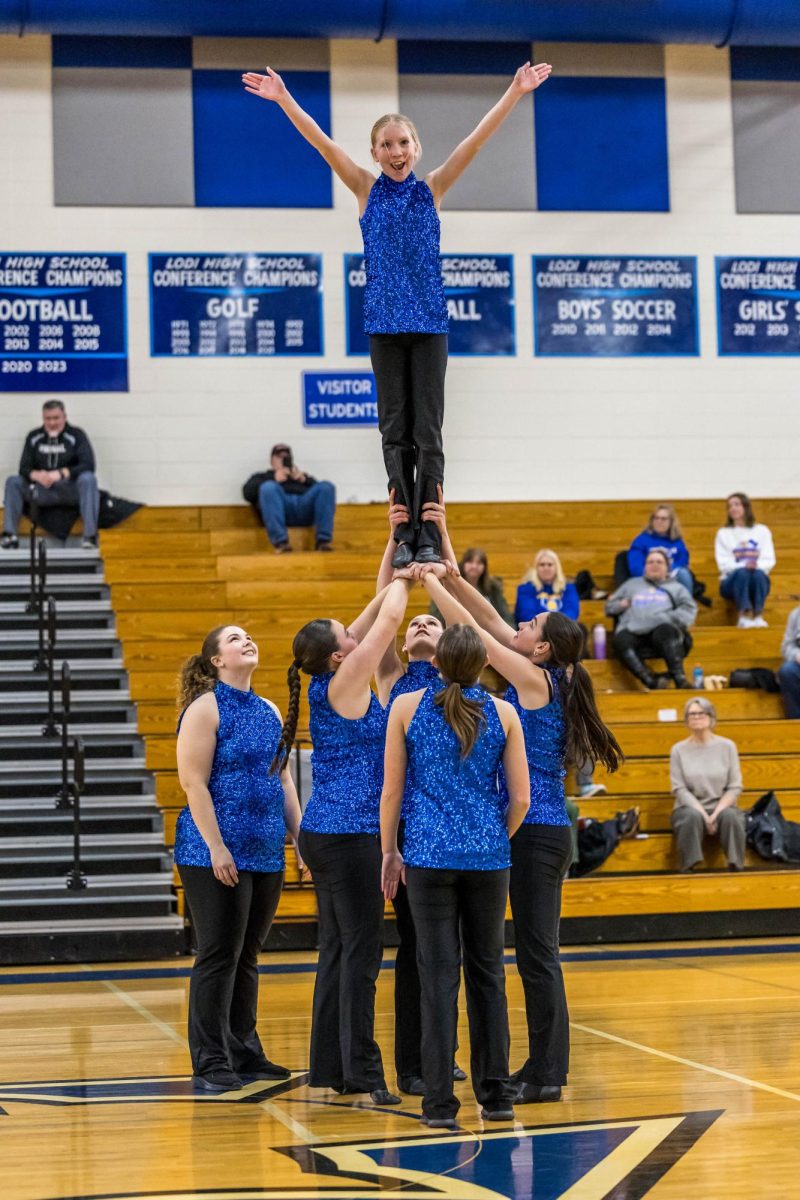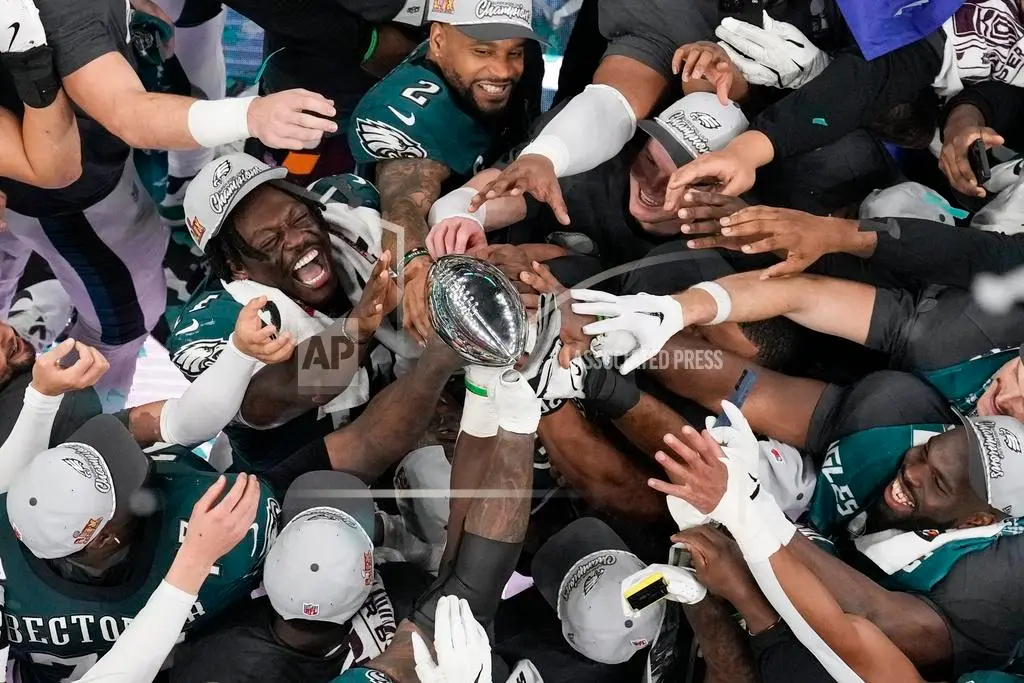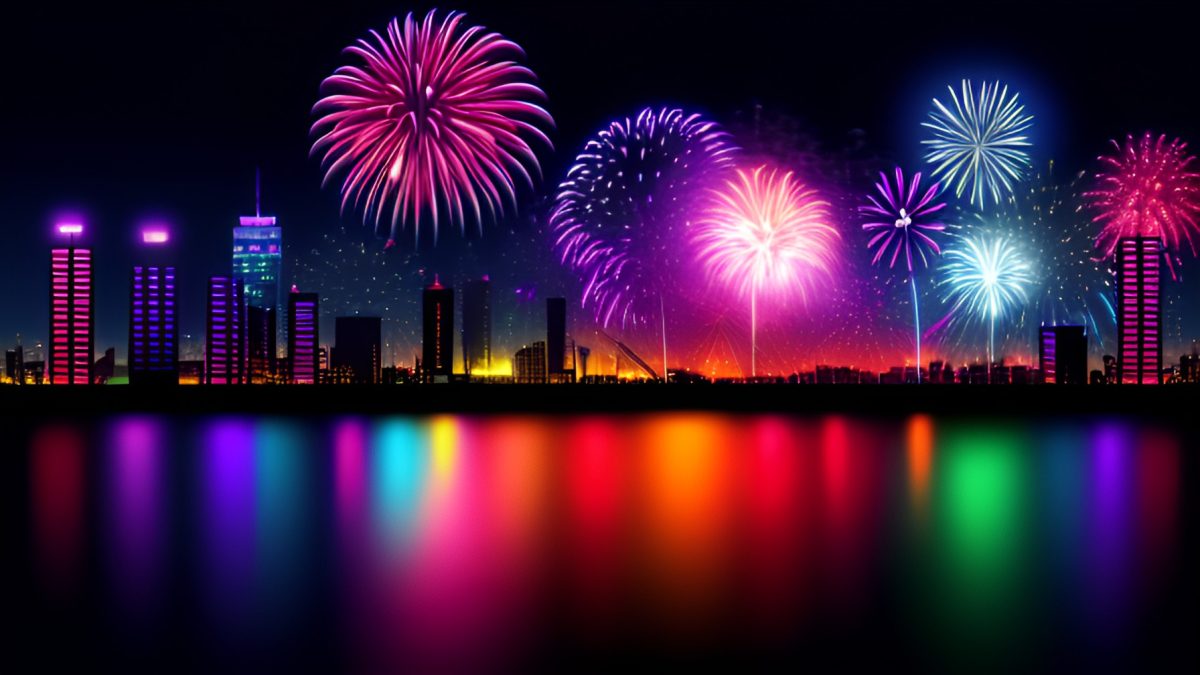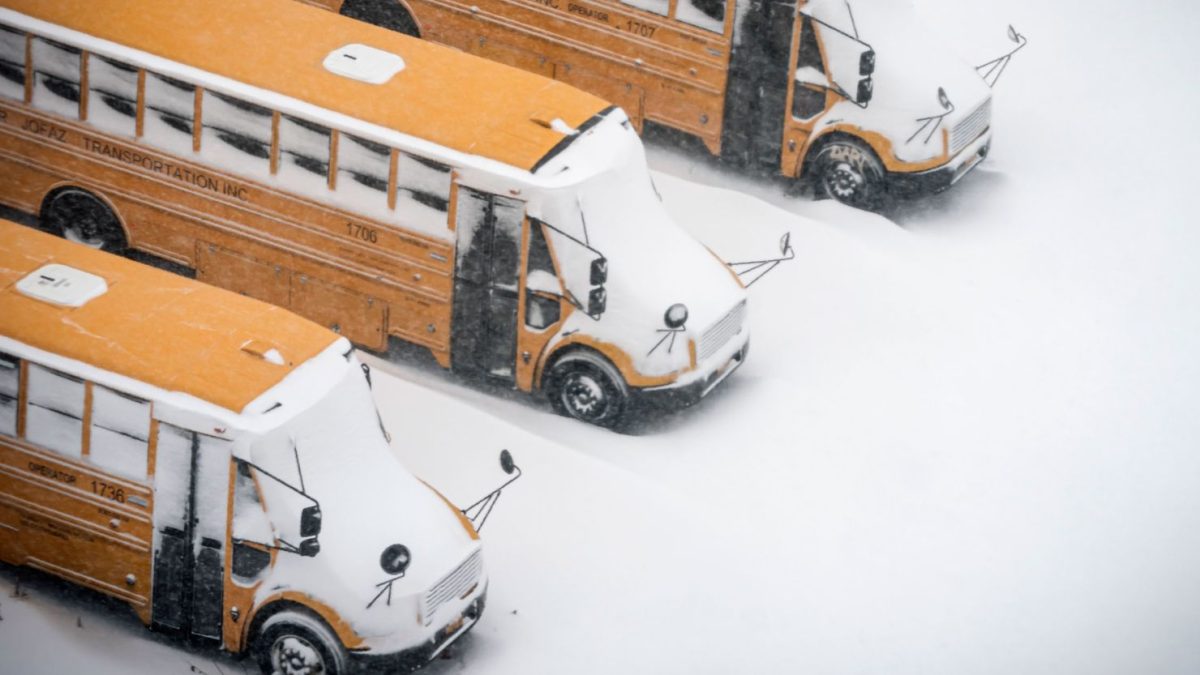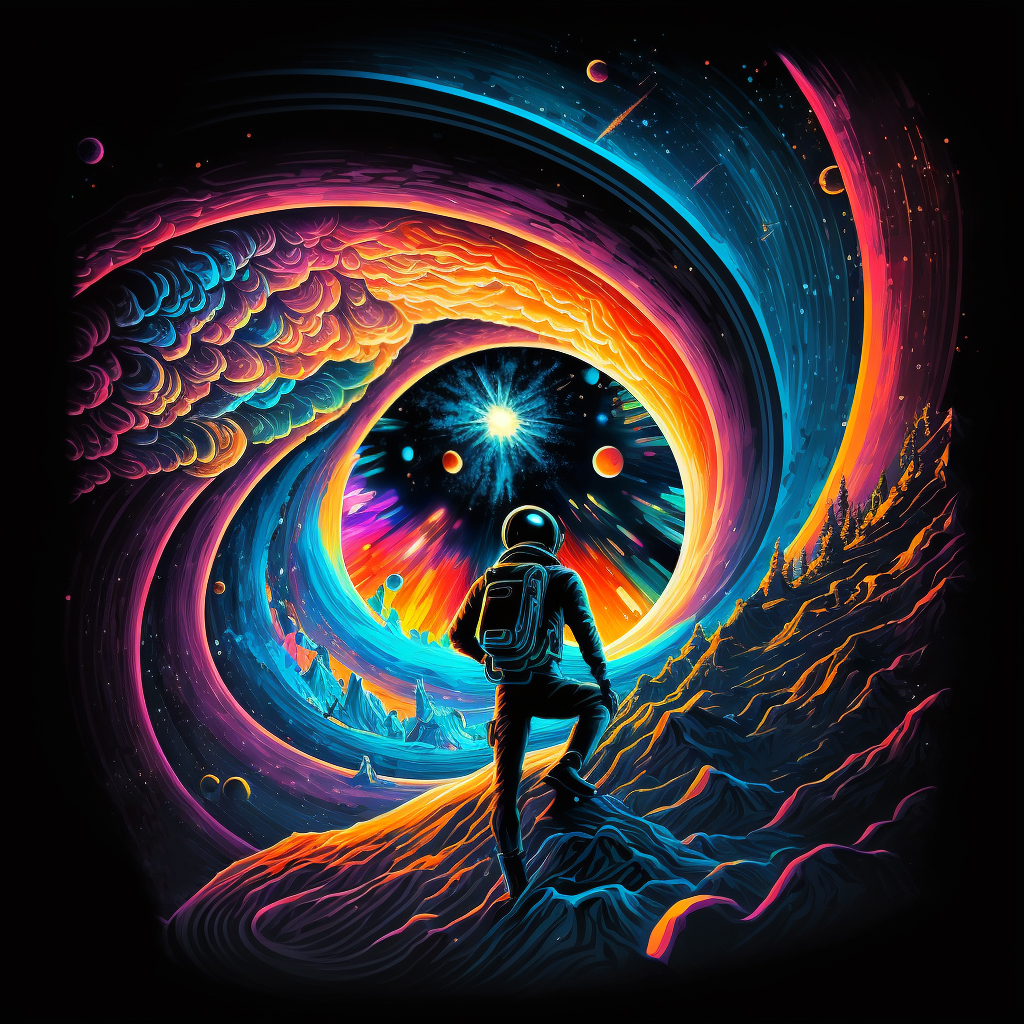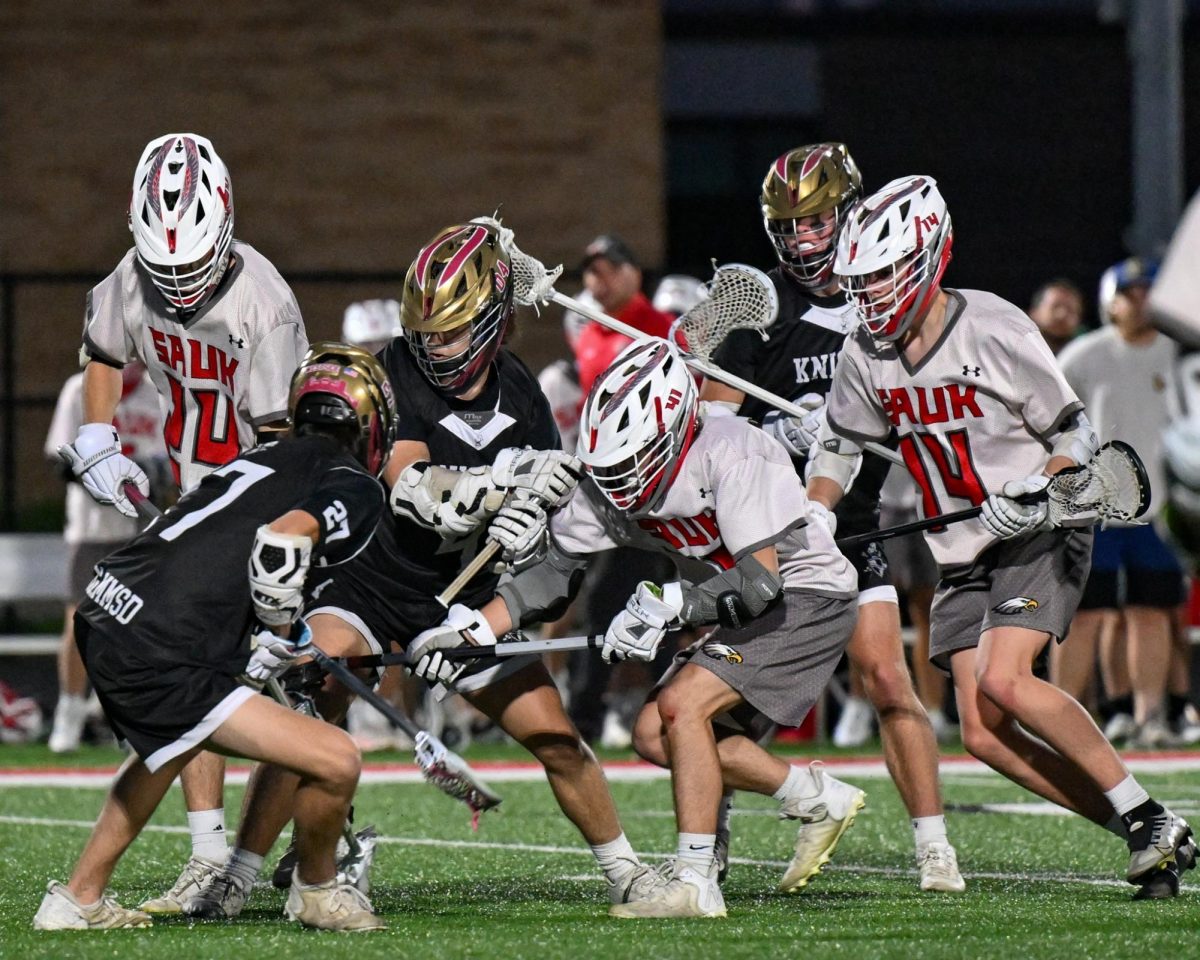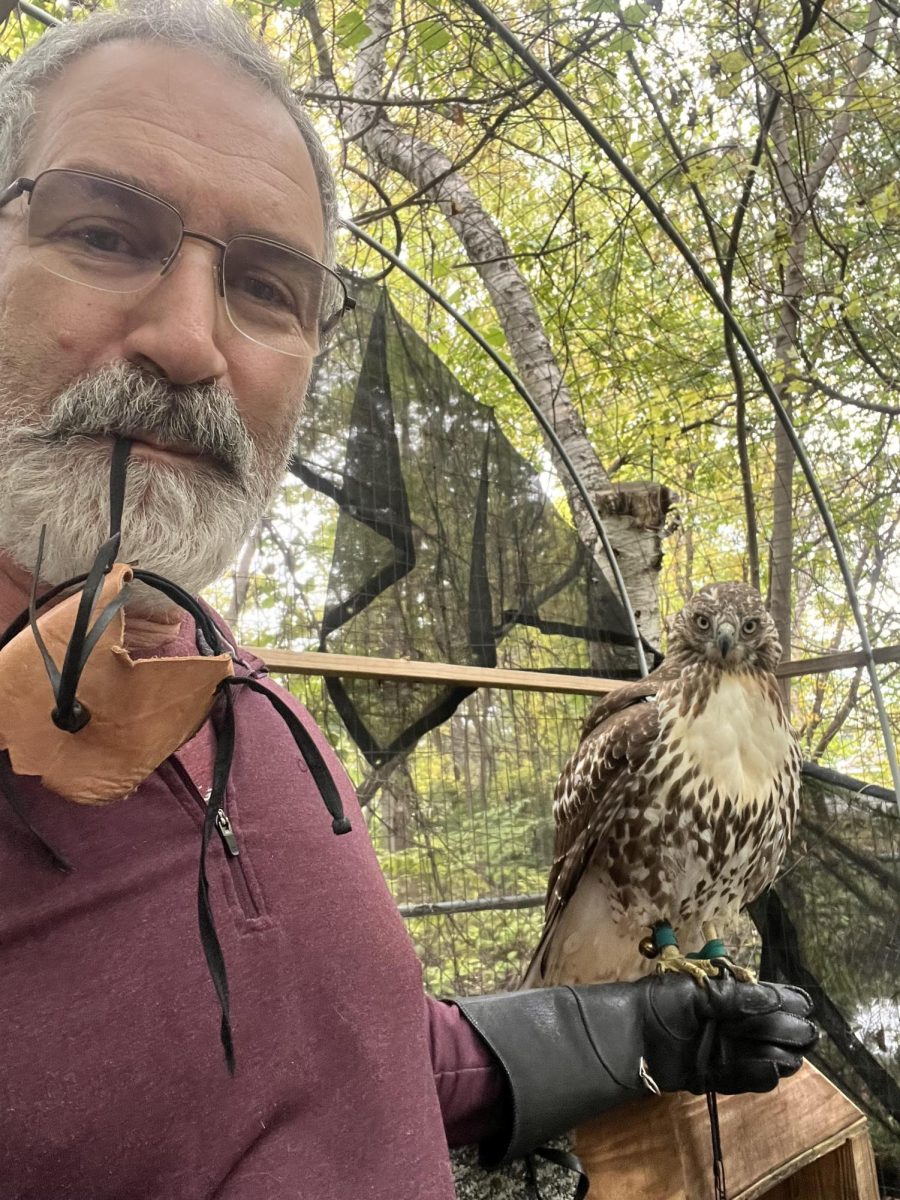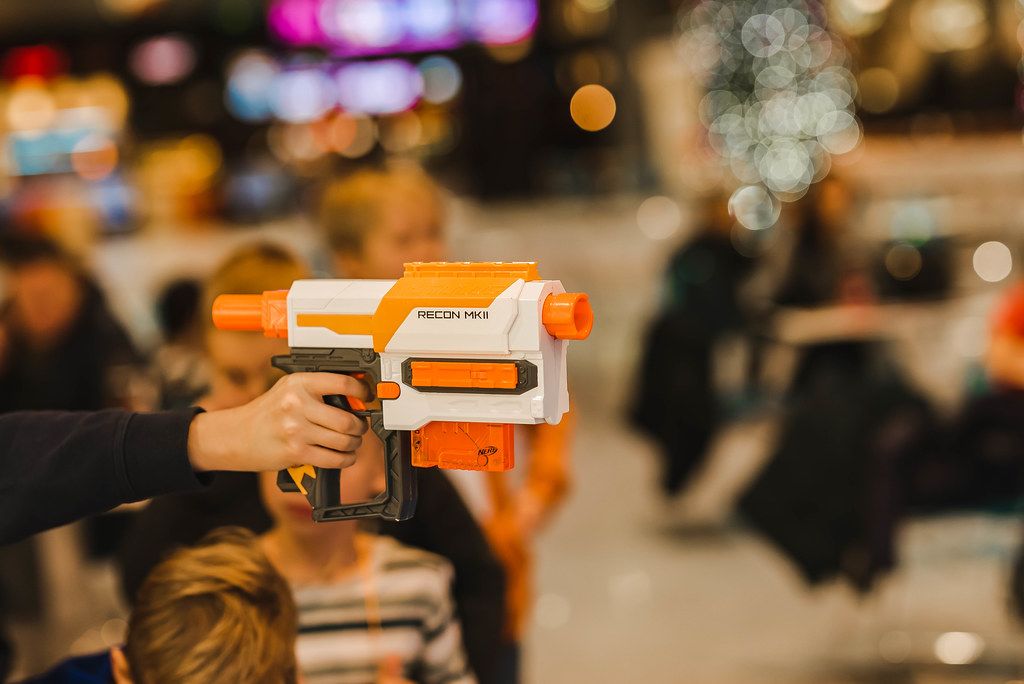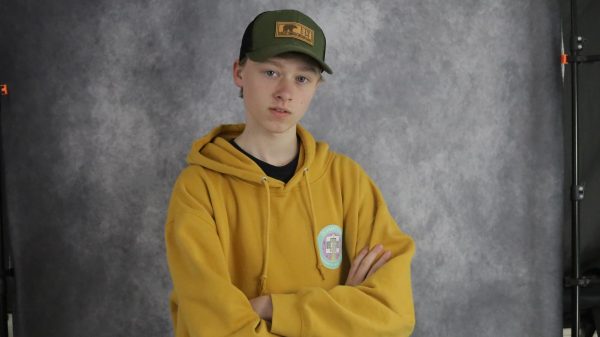Everyone who uses the internet has either seen or heard of AI art, but just in case you haven’t, AI art is “art” that is generated by a computer. The computer takes a prompt that is given and turns it into a picture. It seems harmless, right? Well, like many others, you’d be wrong.
First, let’s figure out what AI really is. AI (short for artificial intelligence) is defined by Oxford Languages Dictionary as “the theory and development of computer systems able to perform tasks that normally require human intelligence, such as visual perception, speech recognition, decision-making, and translation between languages.” But for our purposes, we’ll just say it’s a robot that can do human things.
We should also look into the past of art being stolen and copied, because people copying others’ artworks is nothing new. Even during the times of ancient Greece and Rome, Roman sculptors often copied the Greeks’ style. But nowadays, any popular artist will have copycats and tracers trying to present stolen art as their own.
With this new “technology of the future,” artists are getting their art style stolen right under their noses without being informed or having the ability to do something about it. AI art apps such as Midjourney, Stable Diffusion, DreamUp, Dall-E, and many more have been accused of copying an artist’s style. The site Getty Images stated that over 12 million pictures owned by them were used to train Stable Diffusion without any compensation. Artist Eva Toorent reportedly recognized her own style in some of the works when she went to an AI art gallery. And there are many other examples.
People often state that there’s no financial downside to artists, but this is simply not true. Many people would rather use a free site or app to generate pictures instead of paying for a real artist’s commission. Junior Audrey Dallman said, “It’s taking away opportunities from artists that are trying to make a living on their art.”
There’s also an argument that AI just takes inspiration like any other artist, but the difference is that humans will put their own personal uniqueness into an art piece, even if it’s based on another’s style. AI doesn’t do this, it doesn’t create art by using human originality. It takes bits and pieces of other images and turns them into one picture.
Art teacher Dwaine Dailey stated, “I think that’s what makes us human, the ability to create. Robots can only manufacture stuff. They’re not creating.”
So to conclude, AI will get better and better, making it more likely to continue to steal art. People will continue to use AI, and there’s not much artists can do. But don’t get your hopes down too much–there’s still the possibility that AI art fizzles out, gets a law to contain it, or simply won’t affect artists as much as thought, but until then, we’ll just have to wait and see.
